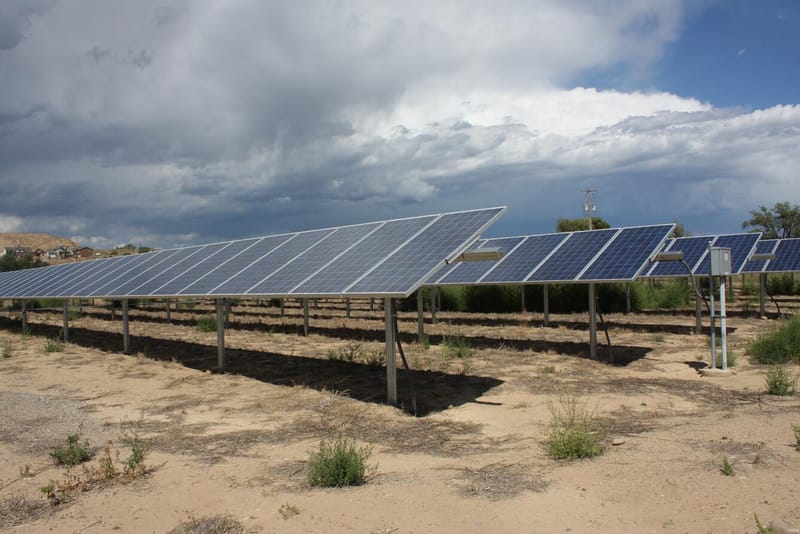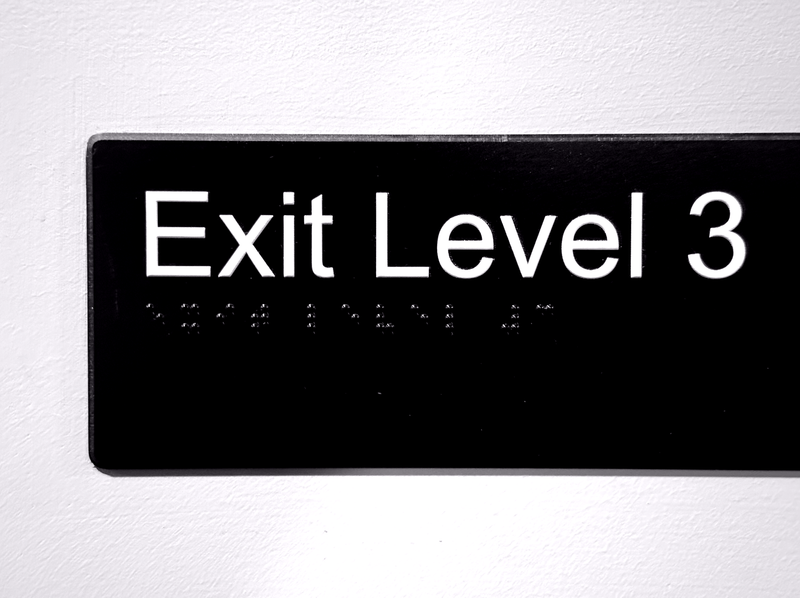Trump’s “One Big Beautiful Bill” would gut clean-energy tax credits worth up to $16K per household—and much more
The One Big Beautiful Bill would repeal or restrict nearly every major Inflation Reduction Act clean-energy tax credit—including EV, solar, and heat-pump incentives worth up to $16,000 per household. Here's what would vanish if the bill becomes law.
Just days after we published our guide to the Inflation Reduction Act (IRA) tax credits still available in 2025 (an arguably shortsighted editorial decision), the U.S. Senate passed Donald Trump’s One Big Beautiful Bill—a sweeping piece of legislation that would dismantle much of the climate and clean-energy investment agenda signed into law under President Biden.
Trump's bill passed 51–50 in the Senate on July 1, 2025, with Vice President JD Vance casting the tie-breaking vote; it now heads to the House, where Republican leadership has signaled strong, though not universal, support.

Learn more about the tax credits that would be cut if Trump's One Big Beautiful Bill is signed into law.
One of the core's of the bill is a radical rollback of federal support for households trying to lower utility bills and emissions through electric vehicles, solar panels, home batteries, and energy-efficient upgrades.
But the legislation doesn’t stop there. It takes a wrecking ball to nearly every climate-focused tax provision in the U.S. code, including programs that hadn’t even been claimed by most Americans yet.
The Tax Credits at Risk: What Households Stand to Lose by 2026
Under current law, the Inflation Reduction Act provides five major tax credits for households looking to electrify their homes and vehicles. These incentives were designed to last through 2032 or 2034, allowing families time to plan and phase in upgrades affordably.
Trump’s One Big Beautiful Bill would terminate or severely restrict all five programs by the end of 2025 or 2026—cutting them short by up to nine years. Here’s what’s being eliminated, and what that means in practical terms:
- § 30D – New Clean Vehicle Credit
- What it covers: Up to $7,500 off the purchase of a new EV or plug-in hybrid, with income and MSRP caps.
- Scheduled to last: Through 2032
- Trump’s change: Ends credit entirely after 2026, and limits eligibility in 2026 for brands that already sold 200,000+ EVs between 2009–2025—disqualifying companies like Tesla, GM, and Ford.
- § 25E – Previously-Owned Clean Vehicle Credit
- What it covers: Up to $4,000 (or 30% of the sale price) for the first resale of a used EV that's at least two years old.
- Scheduled to last: Through 2032
- Trump’s change: Ends credit after 2025.
- § 30C – Alternative Fuel Refueling Property Credit
- What it covers: 30% of the cost (up to $1,000) to install a Level 2 EV charger at home—only available in low-income or rural census tracts.
- Scheduled to last: Through 2032
- Trump’s change: Ends credit after 2025.
- § 25C – Energy Efficient Home Improvement Credit
- What it covers: Up to $3,200 annually for energy-efficiency upgrades to a primary residence, including heat pumps, attic insulation, windows, doors, electrical panel upgrades, and energy audits.
- Scheduled to last: Through 2032
- Trump’s change: Ends credit after 2025.
- § 25D – Residential Clean Energy Credit
- What it covers: 30% of the cost of solar panels, battery storage (≥ 3 kWh), geothermal systems, and solar water heaters installed on a home.
- Scheduled to last: Through 2034, with phase-down starting in 2033
- Trump’s change: Ends credit after 2025.
If you were planning to make any of these investments in 2026 or beyond, you would no longer receive any federal tax relief under the new legislation. The rollback is swift and across-the-board—with no grandfathering for projects unless they are completed by December 31, 2025 (or 2026, in the case of new EVs).
Additional Climate Provisions on the Chopping Block
While the repeal of consumer-facing credits gets the headlines, the legislation also includes dozens of other rollbacks that would ripple through the energy, housing, and transportation sectors. Here's a snapshot of what else is being cut or constrained:
- § 45W: Commercial Clean Vehicles Credit — Terminated after 2025, removing incentives for fleet electrification
- § 30C: EV Charger Infrastructure Credit — Killed for commercial and residential installations
- § 25D: Solar and battery credit — Cut nearly a decade short
- § 45L: New Energy Efficient Home Credit — Terminated for homes acquired after 2025 (with a grace period for homes under construction)
- § 25C: Energy-efficient HVAC and insulation — Repealed, ending credits for heat pumps, audits, doors, windows, etc.
Collectively, these repeals would not only raise the upfront cost of electrification projects for households—but also erode the business case for manufacturers and contractors investing in the clean-energy economy.
Other Related Tax Changes Buried in the Bill
Even outside the energy section, the bill makes ideologically driven changes to the tax code that would affect high-income earners, corporations, and nonprofit institutions. Some of these changes intersect indirectly with climate and energy policy:
- § 112026: Limits on excess business losses for non-corporate taxpayers — Could restrict how small clean-energy businesses deduct startup losses
- § 112017: Limits on amortizing sports franchises — A political lightning rod, but also a sign that the bill rewrites depreciation rules broadly, with possible impacts on green-tech investments
- § 112025: Exclusion of research income limited to publicly available research — Could weaken university clean-energy R&D
- § 112018: New caps on state and local tax (SALT) deductions — Reduces household tax flexibility, especially in high-cost states investing in their own clean energy transitions
Taken together, these changes signal a broader philosophical shift: away from public investment in clean-energy transitions, and toward a tax regime that prioritizes short-term revenue neutrality over long-term climate strategy.
A 2025 Reality Check
In our recent article, we outlined how a single household could combine clean vehicle, solar, HVAC, and insulation incentives to cut over $16,000 in upgrade costs this year alone. If this bill becomes law, none of those savings will be available in 2026. In most cases, the programs won’t exist.
This means that 2025 could be the last full year to access:
- $7,500 for a new EV
- $4,000 for a used EV
- 30% off solar and battery projects
- Thousands in annual energy-efficiency credits
If you’ve been on the fence about whether to electrify your home, replace your gas appliances, or install rooftop solar, the clock is officially ticking.
Final Thoughts
The One Big Beautiful Bill isn’t just about undoing Biden’s climate agenda—it’s about reshaping the role of government in accelerating or subsidizing energy transitions. Whether you see that as fiscal sanity or climate sabotage likely depends on your politics. But the household math is clear: if you're planning to use IRA credits, 2025 may be your final window to claim them.








